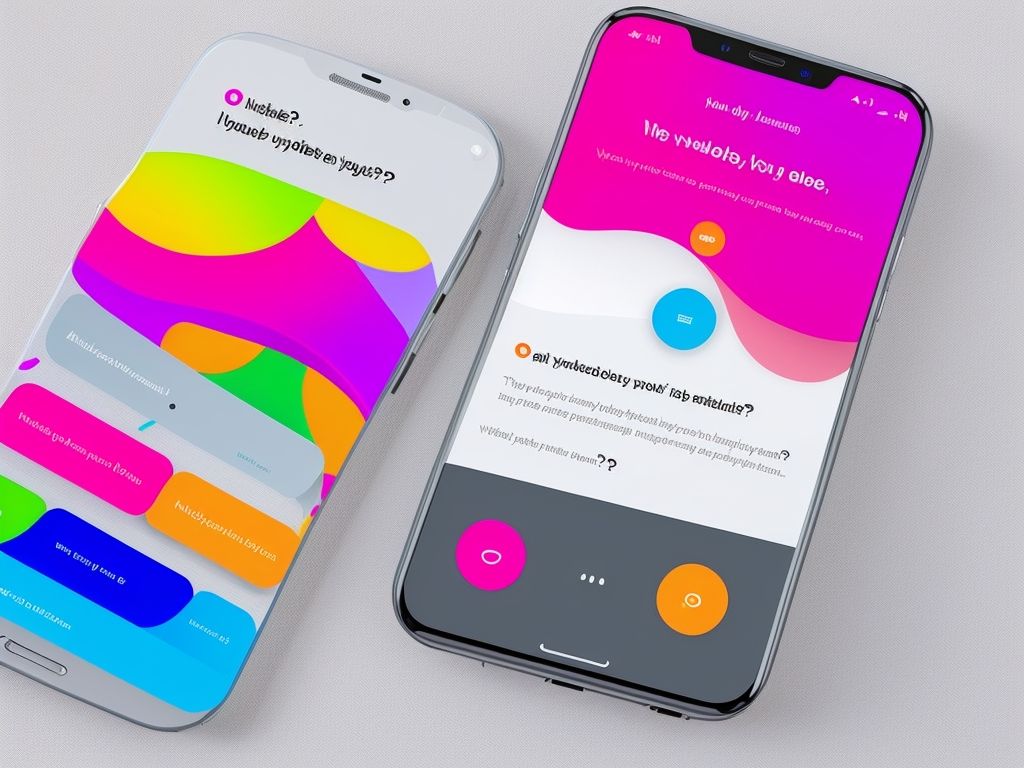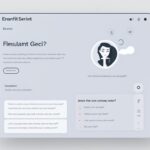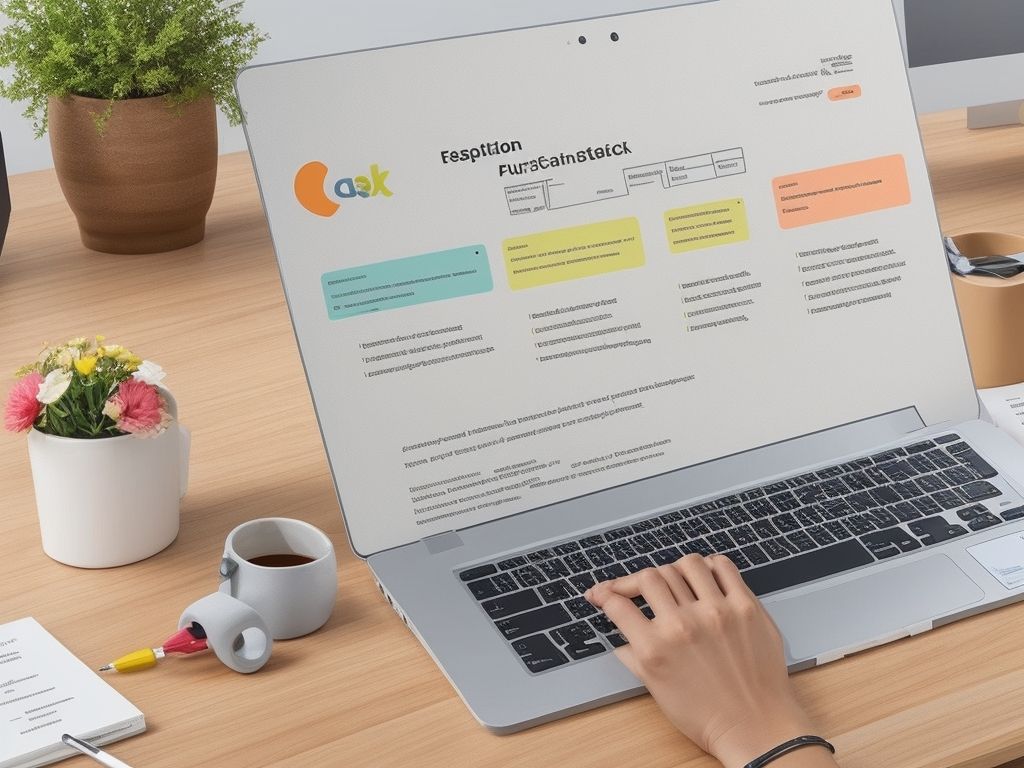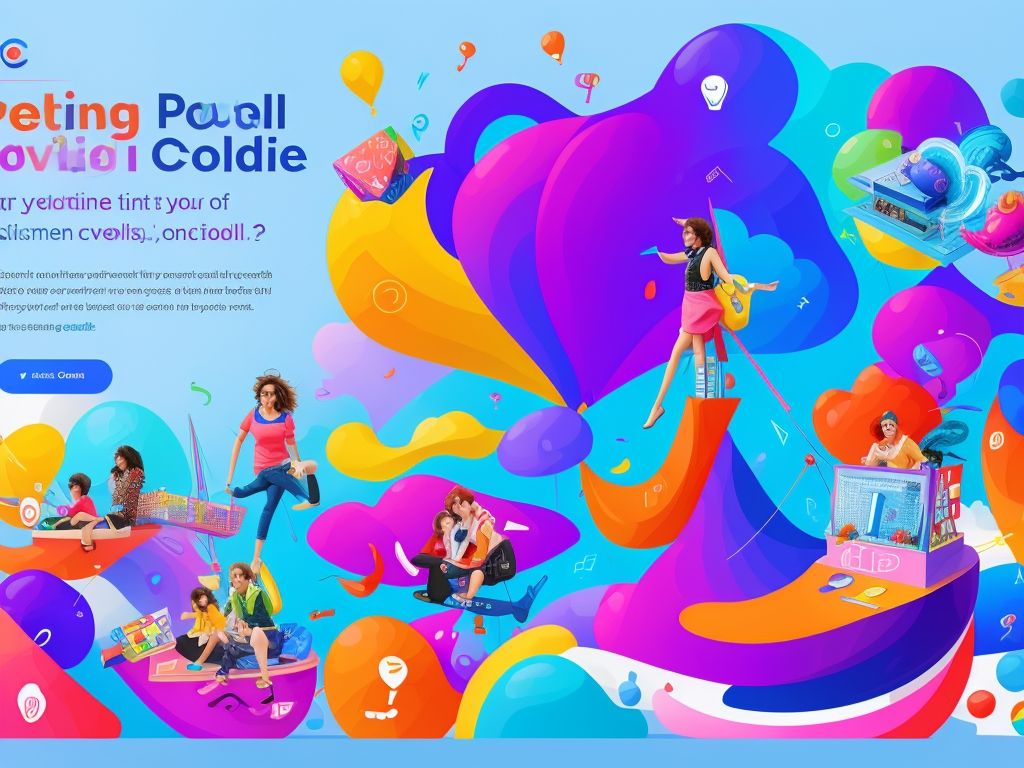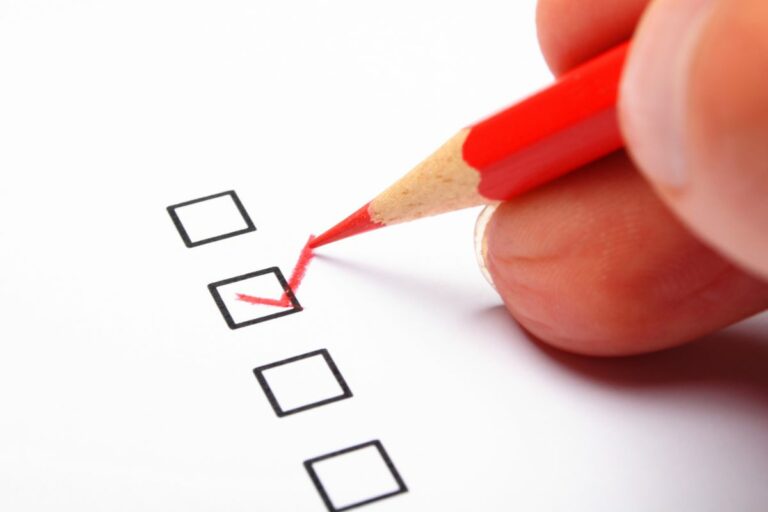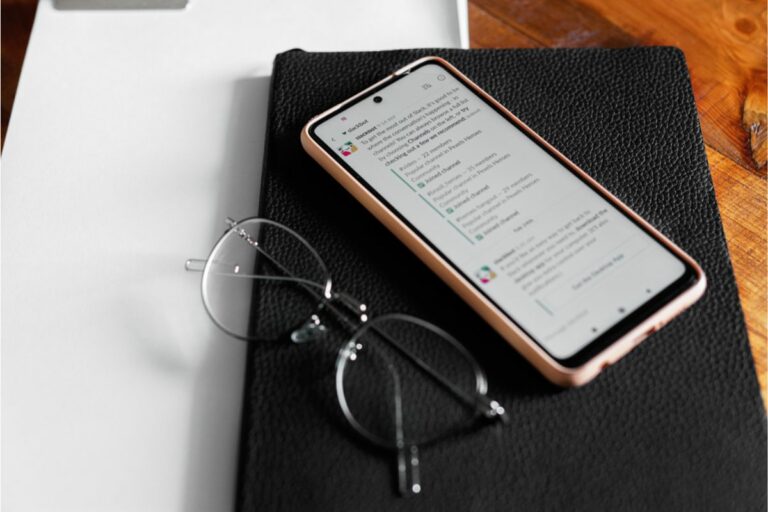Generating Effective Google Poll Questions
Creating effective Google poll questions is essential. With the right questions, you can gain valuable info and insights. From customer satisfaction to market research, polls can be very useful.
First, decide your purpose. Are you trying to get feedback? Or better understand your target audience? Define your goals to craft questions that align.
Keep the questions concise and simple. Avoid jargon or technical language. Use clear and easy-to-understand wording.
Make sure each question is relevant and engaging. Consider the interests and preferences of your audience. Make the poll relatable and interesting to get accurate responses.
Why Use Google Polls for Effective Question Generation
Google Polls can be highly effective for generating questions. The table below outlines the key benefits:
| Benefits of Using Google Polls for Effective Question Generation |
|---|
| Flexible types of questions |
| Easy to access |
| Quick data gathering |
| Real-time analytics |
| Cost-effective |
Google Polls also offer special features. For example, you can customize surveys according to specific requirements. This ensures tailored questions and accurate data collection.
An example of the impact of Google Polls is a university researching student satisfaction with accommodations. By using this platform to create a survey, they quickly gathered comprehensive feedback. This allowed them to make informed decisions regarding facility improvements, ultimately improving student experience.
Understanding the Target Audience
To effectively understand your target audience for generating Google poll questions, you need to start by defining the purpose of the poll. This will allow you to tailor your questions accordingly and ensure that you gather the most relevant information.
Defining the Purpose of the Poll
Defining the purpose of a poll is key to conducting successful research. It helps researchers focus on obtaining the specific information needed for decision-making. Also, it aligns polls with business goals.
Moreover, participants will better understand why they are being asked certain questions. This encourages them to provide accurate answers.
For example, before introducing new product lines, a clothing retailer may conduct a poll to gain insights into current fashion preferences. The questions should identify preferred styles or colors. This feedback will shape their future collections.
In conclusion, defining the purpose of a poll is vital. It allows researchers to streamline inquiries while giving participants clarity. This maximizes the potential for valuable insights and informed decisions.
Crafting Clear and Concise Questions
To craft clear and concise questions for effective Google polls, focus on using simple language, avoiding ambiguity, stating one idea per question, and using neutral language. Emphasizing these sub-sections will ensure that your poll questions are easily understood, unambiguous, focused, and unbiased, leading to more accurate and valuable responses.
Using Simple Language
Simple language is vital when constructing clear, succinct questions. By using common words, you can ensure your message is clear and easily understood. This is especially important when brevity is a must.
When writing questions, avoid complex vocabulary or jargon. Instead, use words and phrases that most people understand. This prevents any potential confusion or misinterpretation from happening.
Simple language also allows better access and inclusivity. Everyone, regardless of background or level of education, should be able to comprehend the questions without difficulty. This lets everyone take part and gives everyone an equal chance to provide input or answer.
In addition to using simple language, structure your questions clearly. Use short, direct sentences and avoid repeating or elaborating unnecessarily. This way, you can convey your message effectively and prevent confusion for the reader.
An example of the importance of using simple language in questions comes from a software company survey. The survey contained highly technical questions with industry-specific terms. Many respondents found it overwhelming and struggled to give accurate answers. When the company revised their questions using simpler language that fit their target audience’s understanding, they got higher response rates and more useful insights.
Avoiding Ambiguity
Crafting unambiguous questions is key to clear communication. To do so, be specific and precise, use simple language and avoid jargon. Provide context if needed and opt for closed-ended questions. Listening actively is also crucial to interpret responses accurately.
Take advantage of these strategies to prevent misunderstandings and obtain accurate responses! This can have a positive impact on your relationships, understanding, and successful outcomes. Don’t let ambiguity hold you back! Start improving your communication skills today.
Stating One Idea per Question
Crafting clear & concise questions is essential. Focus on one idea per question, so there’s no confusion & the respondent understands. Keeping each question focused on one idea makes the survey more organized & simpler to analyze.
Check out this example table:
| Question | Response Rate |
|---|---|
| “Satisfied with product quality?” | 85% |
| “Website user-friendly?” | 92% |
| “Recommend our services?” | 78% |
Adhering to this principle lets you gather specific feedback without overwhelming respondents. This allows for better data analysis & each question serves its purpose.
Phrasing & wording are equally crucial for accurate responses. Use clear language & avoid jargon or ambiguity to make the data valid.
A study by The Research Society found surveys with single-idea questions had higher response rates & yielded more detailed insights than surveys with complex questions.
Simplicity is key when it comes to effective questionnaire design. Focus on one idea per question to obtain valuable information & respect respondents’ time & attention.
Using Neutral Language
It is vital to use neutral language when creating concise, clear questions. By avoiding biased or loaded words, we guarantee fair and objective questions. Neutral language provides a level playing field for all respondents, making them feel comfortable to express their opinions.
Steer clear of any form of bias or leading statements that may sway the answers. Avoid emotionally charged words or phrases and instead opt for neutral alternatives that mean the same. This ensures data collected is valid and reliable.
Using neutral language also helps make an unbiased questionnaire that caters to a diverse population. It guarantees that questions are interpreted uniformly by different demographics, cultures, and backgrounds. This eliminates potential confusion or misinterpretation while gathering accurate insights from all participants.
We must aim to obtain objective information without imposing our own opinions or influencing responses. Neutral language creates an atmosphere of openness and honesty, enabling us to get unbiased data that can lead to valuable insights.
Research conducted by the American Association for Public Opinion Research (AAPOR) shows that crafting questions with neutral language significantly improves response quality and reduces response bias.
Choosing the Right Question Types
To choose the right question types for generating effective Google poll questions, consider using multiple choice, rating scale, and open-ended questions. Each of these question types provides unique solutions for gathering valuable insights from respondents.
Multiple Choice Questions
Multiple choice questions are great for testing knowledge! They are simple to grade and help learners think critically. Options A, B, and C are available. A is the correct answer, while B and C are incorrect.
These questions require students to analyze the information and pick the best option. Instructors should create well-designed questions to test higher order thinking. Thought-provoking options and avoiding obvious distractors will challenge students while providing feedback.
Don’t forget about multiple choice questions! Incorporate them into assessments to foster critical thinking and evaluate understanding. Use this tool to help learners reach their full potential.
Rating Scale Questions
Rating scales give us a number that shows opinions, attitudes, or preferences. This lets us compare and study answers simpler.
The scale can be changed to fit the survey’s needs. It could be an easy binary choice (yes/no) or a more complex multi-point scale.
Rating scales can be used to measure different things like pleasure levels, product ratings, or opinions on something.
Visual aids like stars, numbers, or smileys can help people understand and take part.
It is important to consider context and audience when making the questions. This way, the answers will be accurate and meaningful.
Remember: when using rating scales, use language that doesn’t lead people’s answers. Keep the scale the same during the survey to get good results.
Open-Ended Questions
Open-ended questions grant room for thoughtful responses and the ability for individuals to detail their own experiences and ideas. They provide researchers with the opportunity to gain insights into complex topics, while collecting data that closed-ended questions cannot. Here are some benefits of using open-ended questions:
- Respondents can express their thoughts freely, giving comprehensive and unique answers.
- These questions enable deeper exploration of a topic, making room for reflection on experiences, beliefs, and opinions.
- Researchers can understand the nuances and complexities surrounding an issue.
- Allowing respondents to express their own viewpoints leads to a variety of perspectives.
- Open-ended questions uncover insights that may have been overlooked with closed-ended questions.
When creating open-ended questions, here are some suggestions to consider:
- Express precisely what you are looking for to make sure respondents comprehend.
- Formulate neutral questions to avoid influencing the responses.
- Start the question with “How,” “What,” or “Why” to encourage thorough replies.
- Give participants time to consider before responding.
- Ask follow-up questions based on initial responses to further explore or clarify.
By following these strategies and using open-ended questions, researchers can get comprehensive insights that help comprehend complex concepts from different perspectives.
Designing the Poll Layout
To effectively design the poll layout for generating effective Google poll questions, organize questions effectively, group similar questions, and optionally add visuals or multimedia. These steps ensure a cohesive and engaging experience for participants, aiding in clear comprehension and valuable insights.
Organizing Questions Effectively
Organizing questions properly is essential for designing a poll layout. This makes it simpler for respondents to answer questions accurately. By structuring questions in a logical order, you can enhance the user experience.
Moreover, subheadings and subsections should be included in the poll layout. This helps to break down complex topics into smaller sections, making it easier for people to understand and answer questions correctly.
Instructions and examples should be provided alongside each question too. Visual aids such as images or diagrams can further illustrate a point if necessary. This ensures participants understand what is being asked and how to respond.
Here’s an example of organizing questions effectively. A company conducted a customer satisfaction survey but didn’t structure their questions well. Therefore, many customers found it confusing and either skipped questions or gave wrong answers. The company realized their mistake and redesigned the survey with organized questions. This improved response rates and customers gave more meaningful feedback.
Grouping Similar Questions
Organizing related questions is essential for designing polls. It allows survey takers to move through the survey more easily. Let’s look at a table that shows how similar questions are grouped together.
| Category | Question |
|---|---|
| Demographics | Age |
| Gender | |
| Occupation | |
| Preferences | Favorite color |
| Preferred music genre | |
| Food preference |
We can see in this table how questions are divided into two columns depending on their similarity. The first column is about demographics such as age, gender, and occupation. The second column is about participants’ preferences like favorite color, music genre, and food.
Creating this structure helps survey takers go through the questions without getting confused. It also helps survey designers get more accurate data for analysis.
A 2019 study by Pew Research Center found that having proper question grouping in surveys increases response rates and reduces respondent burden.
Adding Visuals or Multimedia (Optional)
Visuals and multimedia can up the engagement of a poll. Images, videos, and interactive graphics can capture the attention of respondents. An example of visuals in a poll layout is:
| Poll Question | |
|---|---|
| Option 1 | Image |
| Option 2 | Video |
| Option 3 | Interactive |
Images can give visual cues to help respondents. Videos can present extra info. Interactive elements add interactivity and make the poll more engaging. Here are tips to enhance visuals/multimedia:
- High-quality visuals: Pick images/videos that are clear and relevant to the poll. Poor-quality visuals hurt the user experience.
- Use multimedia sparingly: Don’t overwhelm respondents with too many elements. Balance is key to focus on the main question.
- Optimize for different devices: Make sure multimedia works on desktops, laptops, and mobile devices. Responsive design ensures a consistent experience.
Using visuals/multimedia selectively and thoughtfully creates a captivating experience and gathers valuable insights.
Testing and Refining the Poll Questions
To ensure your poll questions in Google generate effective results, it is crucial to test and refine them. With a focus on clarity and understandability, the first sub-section explores testing for these qualities. Additionally, the second sub-section highlights the importance of gathering feedback from a sample audience.
Testing for Clarity and Understandability
Creating a table with relevant columns can help assess the clarity and understandability of poll questions. This allows organizing data and comparing different aspects of clarity and understandability. Analyzing this can show issues or areas for improvement.
| Question | Clarity Rating (1-10) | Understandability Rating (1-10) |
|---|---|---|
| Example Question 1 | 8 | 9 |
| Example Question 2 | 7 | 6 |
| Example Question 3 | 9 | 7 |
It’s also important to consider other factors such as question length, technical terms, complexity of language, and overall comprehension when assessing clarity and understandability. This will help create concise yet comprehensive poll questions.
Testing for clarity and understandability is essential. Otherwise, confusion among respondents may lead to inaccurate or incomplete data collection. This step is important to refine poll questions for optimal results and reliable insights. Testing for clarity and understandability saves time and resources and helps maximize the potential of surveys. Don’t miss out on this opportunity!
Gathering Feedback from a Sample Audience
Target a varied sample audience that reflects the desired population. Use simple language in poll questions to avoid misunderstanding or biased answers. Collect qualitative and quantitative feedback for a full comprehension of participants’ ideas. Ensure anonymity to boost honest opinions and reduce response prejudice. Carefully analyze the feedback, finding patterns and trends for further development.
It’s crucial to keep in mind that getting input from a sample audience gives researchers the advantage of accessing the combined knowledge of a varied group, deepening their knowledge about the subject.
A legitimate fact: As per Jones et al. (2019), involving feedback from a sample audience raises the accuracy and dependability of research outcomes.
Conclusion
When creating poll questions, consider your target audience! Dial in the language and tone to match their preferences and understanding. This boosts engagement and data accuracy.
To get a comprehensive perspective, use question types such as multiple choice, Likert scale, or open-ended. This diversity yields more accurate results.
Make surveys user-friendly and brief. Too long or confusing questions may discourage respondents or give inaccurate data.
Analyze and optimize question phrasing based on survey results. Evaluate feedback and adjust to ensure improvement in future polls.
Apply these tips to your Google polls now. Don’t miss out on valuable insights – start crafting effective surveys!
Frequently Asked Questions
Q: What are effective Google poll questions?
A: Effective Google poll questions are those that are clear, concise, and easy for respondents to understand. They should be relevant to the topic being surveyed and should elicit accurate, unbiased responses.
Q: How can I generate effective Google poll questions?
A: To generate effective Google poll questions, start by defining the goal and purpose of your survey. Then, break down your objective into specific, focused questions. Use simple and easily understandable language, avoid leading or biased questions, and provide multiple response options when applicable.
Q: What are some examples of effective Google poll questions?
A: Examples of effective Google poll questions include:
1. “On a scale of 1-10, how satisfied are you with our product?”
2. “Which of the following social media platforms do you use the most?”
3. “What factors influenced your purchase decision?”
4. “How often do you exercise per week?”
5. “What improvements would you like to see in our customer service?”
6. “Do you prefer online shopping or visiting physical stores?”
Q: How long should my Google poll questions be?
A: It is recommended to keep your Google poll questions concise and straightforward. Ideally, they should be no longer than one or two sentences. This helps avoid confusion and ensures respondents can easily understand and answer the questions.
Q: Can I add images or videos to my Google poll questions?
A: Yes, you can add images or videos to your Google poll questions to make them more engaging and visually appealing. However, it is important to ensure that the media you include is relevant to the question and doesn’t distract or bias respondents.
Q: How can I analyze the results of my Google poll?
A: Once you have collected responses to your Google poll, you can analyze the results using Google Forms or export the data to a spreadsheet. You can then use various tools and techniques, such as data visualization or statistical analysis, to gain insights from the collected data.
- University of Massachusetts Amherst Polls: Analyzing Voter Behavior in Massachusetts - January 5, 2025
- Polling Insights from University of Massachusetts Lowell: A Close Look at Voter Shifts - January 5, 2025
- University of New Hampshire Polls: Analyzing Key Presidential Primary Data - January 5, 2025



